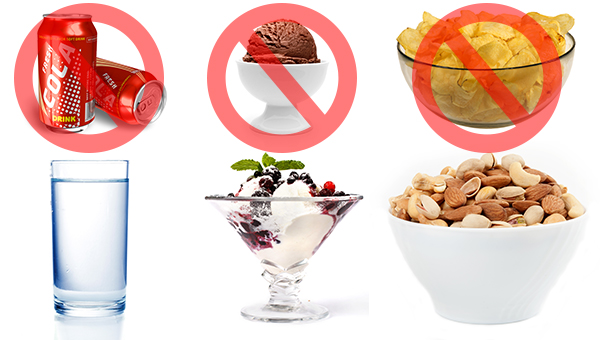
Like us, we’re sure you LOVE chocolate. Plus, it’s almost a required gift for holidays like Valentine’s Day. And while candy generally doesn’t mix well with keeping teeth healthy, dark chocolate (the kind with at least 70% cocoa) can actually be a cavity fighter. That’s obviously fantastic news for chocolate lovers.
Of course, it’s always important to brush for at least two minutes, twice a day and to floss daily. But you don’t need to worry about wrecking your teeth by indulging in chocolate from time to time. Here are a few reasons why chocolate is a great candy choice.
Chocolate contains polyphenols.
Polyphenols are a class of naturally occurring chemicals that can limit oral bacteria. They are also able to neutralize the microorganisms that cause bad breath and prevent bacteria from turning sugar and starches into acid. Polyphenols have great promise for their apparent anticancer and anti-inflammatory effects as well as their ability to reduce hypertension and stroke.

Chocolate is high in antioxidants.
Antioxidants are a group of molecules that keep your body healthy on a cellular level and chocolate contains a lot of them. In fact, dark chocolate can contain up to four times the level found in green tea. High amounts of antioxidants in saliva have been shown to fight periodontal disease.
Tannins are abundant in chocolate.
Tannins are plant compounds that are found in many of the foods we eat. They’re also what give dark chocolate its slightly bitter taste and dark color. Tannins have been shown to help stop bacteria from sticking to teeth because their molecules bind to bacteria before plaque has time to form.
A flavonoid compound called epicatechin is found in high quantities in chocolate.
Flavonoids are a group of plant-based antioxidants that have been shown to slow tooth decay. A recent study by researchers at the University of California showed that a particular flavonoid calledepicatechin displays a remarkable ability to reduce cholesterol, blood clots and clogged arteries.
Again, chocolate should be at least 70% cocoa for most of these benefits to your teeth and body. However, almost any food can be eaten in moderation, as long as you remember to keep brushing regularly.
Subscribe to our blog for more tips on eating healthy and taking care of your smile!












